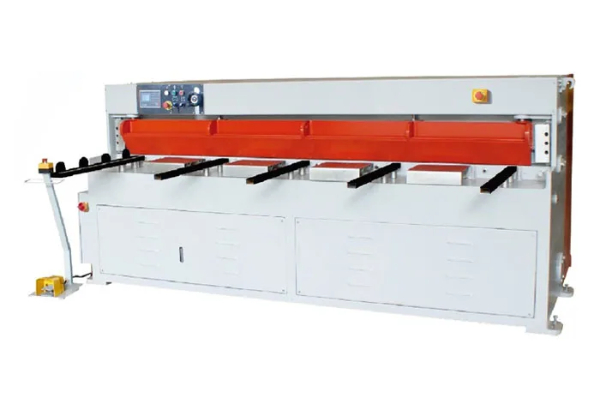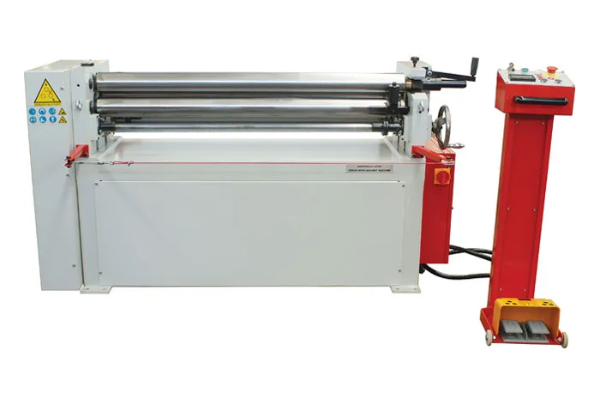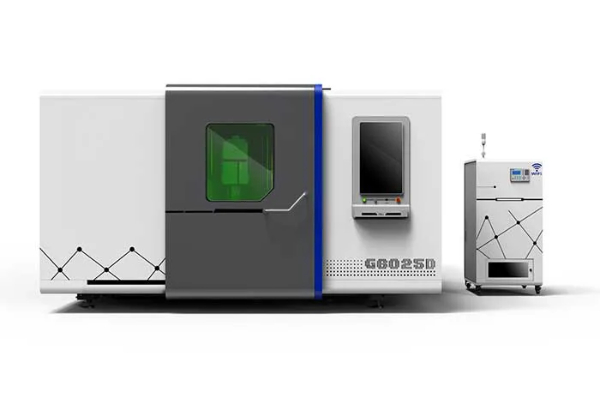
The Impact of Flexible Duct Machines on Airflow Quality
- By:Metmac
- 2024-08-08
- 71
Flexible duct machines have revolutionized the heating, ventilation, and air conditioning (HVAC) industry. They offer numerous advantages over traditional rigid ductwork, including ease of installation, cost-effectiveness, and versatility. However, the impact of flexible duct machines on airflow quality has raised concerns among industry professionals. This article examines the potential effects of flexible duct machines on airflow quality and provides insights into how these concerns can be addressed.
Leakage and Pressure Loss
Flexible ducts are inherently more prone to leakage and pressure loss than rigid ductwork. The corrugated design of flexible ducts creates gaps between the duct walls, allowing air to escape. Additionally, the thin material used in flexible ducts can deform under pressure, further increasing leakage. These leaks can result in reduced airflow volumes, uneven temperature distribution, and increased energy consumption.
Contaminant Accumulation
The internal surface of flexible ducts is rougher than that of rigid ductwork. This increased surface area provides a favorable environment for the accumulation of contaminants, such as dust, pollen, and mold spores. Over time, these contaminants can build up and restrict airflow, affecting indoor air quality. The presence of contaminants also provides a breeding ground for bacteria and other microorganisms, potentially leading to health concerns.
Noise Generation
Flexible ducts can generate more noise than rigid ductwork due to their thin walls and corrugated design. The air flowing through the duct can cause vibrations that resonate with the duct walls, creating noise that can be transmitted throughout the building. This can be a particular concern in residential or commercial buildings that require quiet environments.
Addressing Concerns and Ensuring Airflow Quality
While flexible duct machines have potential drawbacks, there are several measures that can be taken to address concerns about airflow quality. These include:
Proper Installation and Sealing
Skilful installation is crucial for minimizing leaks and pressure loss. Joints should be properly sealed to prevent air escape.
Using High-Quality Materials
Selecting flexible ducts made from durable materials with low leakage rates can help maintain airflow efficiency and reduce contaminant accumulation.
Regular Cleaning and Maintenance
Regular cleaning of flexible ducts can remove accumulated contaminants, preventing airflow obstruction and ensuring indoor air quality.
Proper Sizing and Layout
Designing and installing the duct system with appropriate sizing and layout can reduce pressure loss and improve airflow distribution.
Conclusion
Flexible duct machines offer significant advantages in HVAC system installation. However, their impact on airflow quality requires careful consideration. By addressing concerns through proper installation, using high-quality materials, performing regular maintenance, and implementing proper design, the negative effects of flexible duct machines on airflow quality can be mitigated. This ensures optimal indoor air quality, reduces energy consumption, and enhances overall building performance.
-
The Advantages of Using a Sheet Roll Forming Machine in Manufacturing
2024/09/14 -
How to Optimize Your Laser Sheet Cutting Machine for Maximum Performance
2024/09/12 -
How to Maximize Efficiency with Modern Sheet Metal Working Machines
2024/09/04 -
The Environmental Benefits of Using Duct Board Grooving Machines
2024/09/03
-
Efficient Laser Cutting Machines for Steel Plate and Sheet Metal Fabrication
2025/07/03 -
Versatile Sheet Metal Machinery for Precision Fabrication
2025/07/03 -
High-Quality Sheet Metal Laser Cutting Machines for Modern Fabrication
2025/07/03 -
High-Precision Sheet Metal Equipment for Modern Manufacturing
2025/06/28
-
A Guide to the Latest Innovations in Sheet Metal Folding Machines
2024/11/29 -
Key Features to Consider When Investing in a Sheet Metal Folding Machine
2024/11/28 -
Enhancing Precision with Advanced Sheet Metal Folding Machines
2024/11/27 -
How to Choose the Right Sheet Metal Folding Machine for Your Workshop
2024/11/26



